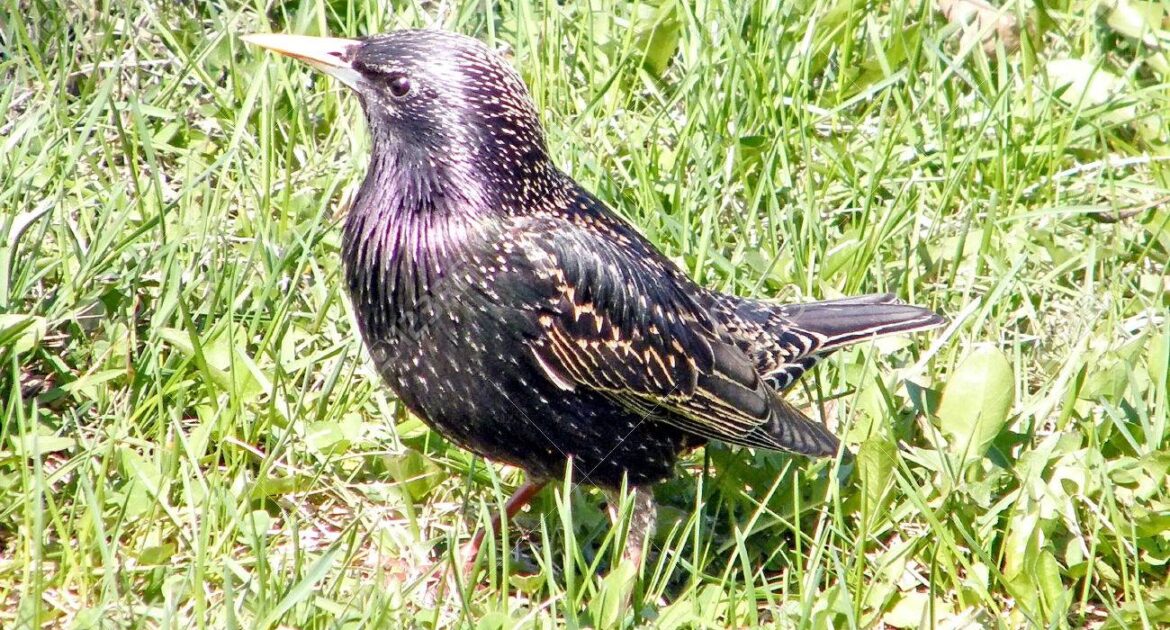Starlings share a history with the early pioneers who settled in North America. The birds were brought from Britain to help make the new territory appear more like home for the settlers. They have since adapted to the new environment. In fact, they have adapted so well that they have dominated many natural habitats in North America. The unfortunate side effect of this is that they have also become problematic for people in some settings and are sometimes the reason behind the need for wild animal control services.
Birds are not usually high on the list of wildlife that people consider when they think of the term animal nuisance. This is because these animals have traditionally been considered to be pleasing to have around. Additionally, birds are useful since they often consume bugs and worms and other insects that we find undesirable in our surroundings. Unfortunately, Starlings have found themselves in conflict with human beings.
Starlings, Survivors By Nature
These little birds are true survivors as they thrive in all settings whether they be urban or rural. They are opportunistic nesters as they have a tendency to nest in small holes or crevices. In the natural environment, these crevices or holes may be located in hollowed sections of trees or in rocks. When they find themselves in human-occupied territories they capitalize on holes or nooks that they find in walls and buildings to establish their nests.
The Consequences of Starlings’ Presence on Your Property
With resident Starlings sharing your space, comes a number of inconveniences, some of which can be quite serious. These inconveniences have to do with the mess they create as well as their tendency to carry diseases.
The corrosive nature of bird droppings makes it undesirable for structures on your premises. Roofing material, as well as buildings and walls, deteriorate after deposits of bird droppings remain on them for extended periods. The material that Starlings use to build their nests in the crevices of a building increases the risk of fire. This structural damage can result in your property being deemed unsafe. Sometimes the birds get trapped in chimneys or vents leading to complicated situations and the need for wild animal removal services.
Keeping Starlings Out
As with many wild animals, Starlings are attracted by food. If you have items lying around that they can munch on, they will keep returning to your space. A good way to keep them away is to get rid of all the things they like to eat. This means removing all ripe fruit from outside promptly and feeding your pets inside. Fruit trees should be covered with bird exclusion nets to keep the birds away.
If you are an avid bird feeder then you will have to face off with Starlings as your bird feeders will attract them. You can limit the appeal your bird feeders hold for Starlings by avoiding bird seeds made with corn or grain. If you use black sunflower seeds in your bird feeders you may end up seeing fewer starlings around as they find it difficult to crack these seeds. You can also change the design of your feeders to limit access to small birds only, effectively eliminating Starlings. One way to do this is to place a mesh around it so that smaller birds can get close but Starlings can not.
You can also keep these birds at bay by eliminating their nesting opportunities. This means repairing all potential nesting spots (cracks and crevices) and capping vents. Frequent checks to spot and correct breaches in walls before they become potential Starling nests will also help.
Expert Starling Control
The best way to solve a Starling problem is to get expert intervention. Trained and experienced wild animal control technicians such as those at Skedaddle will be able to remove Starlings from your property using humane but very effective methods and tools. We will also ensure that future Starling invasions do not occur by installing exclusion devices and providing advice on what you can do to avoid attracting the birds to your home.




